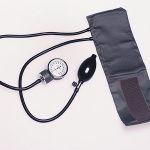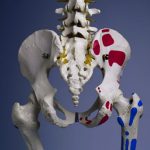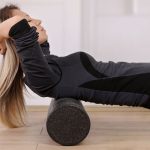
Love those artichoke appetizers you get at restaurants but stop in your tracks when you see them on display at the store? Yes, artichokes look intimidating, but once you know the secret of artichoke prep, you’ll look for opportunities to prepare them at home. Artichokes, a plant in the thistle family, are one of the healthiest foods around, rich in fiber and great for gut health and immunity, along with weight loss thanks to their low calorie count. Artichokes are high in folate, a B vitamin, vitamin C and magnesium. All you need to prep artichokes are sharp knives and scissors or kitchen shears. Rinse the artichokes and trim off the stems with your knife. Next, use the scissors to cut off the tips of the outer leaves. Then cut the artichokes in half from bottom to tip. Using a sharp paring knife, cut out the chokes, the inedible prickly centers. That’s all there is to it. Now you’re ready to roast them. Zesty Roasted Artichokes 2 artichokes, such as globe, prepped as described above 2 tablespoons parsley, minced 2 tablespoons olive oil 2 garlic cloves, minced 1/2 teaspoon salt 1/4 cup mayonnaise 1/4 cup plain Greek yogurt 2 tablespoons lemon juice 1 tablespoon honey 1 tablespoon Dijon mustard Preheat your oven to 425 degrees. Place the artichoke halves on an 8-by-12-inch sheet of parchment… read on >

















